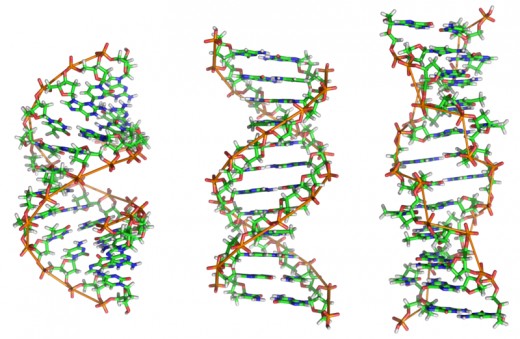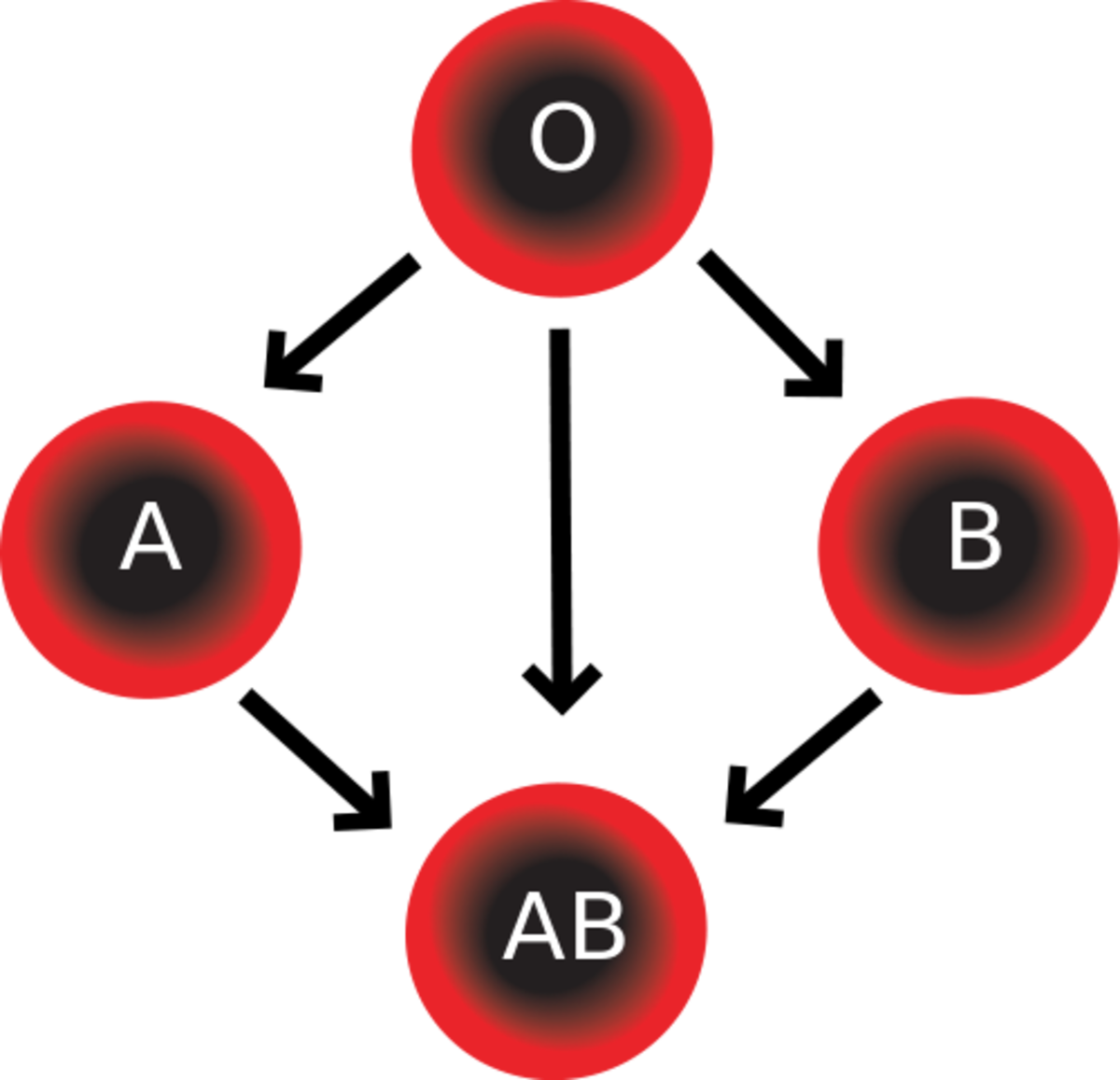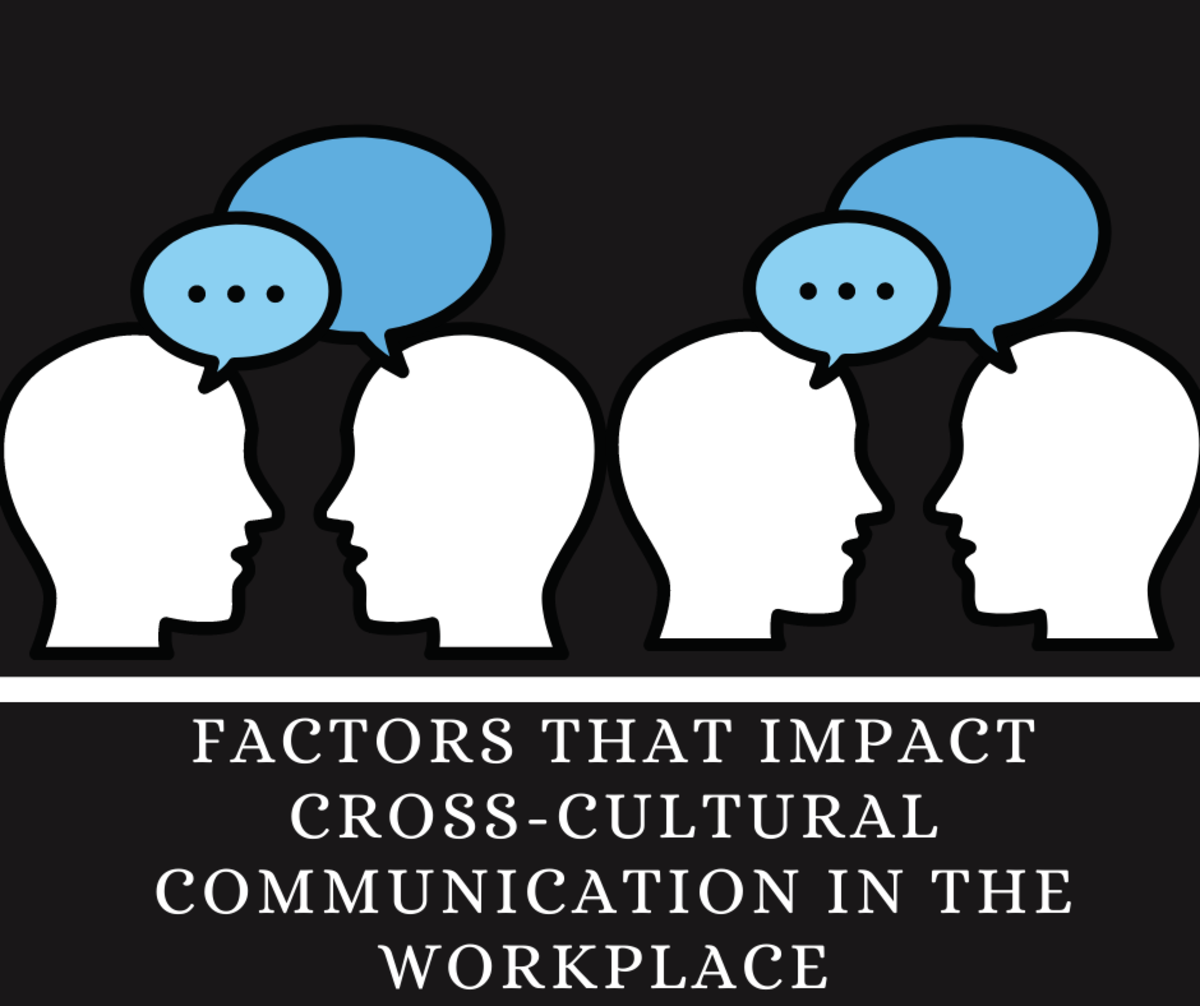The History of DNA Forensics
©copyright ALL RIGHTS RESERVED 2012

RH Factor
The RH Factor is one of thirty current blood group systems. The Rh factor, Rh negative and Rh positive refer to 5 of the 50 defined antigens which are considered the most important. They are D, C, c, E and e. When referring to the RH factor the only antigen in question is the D antigen due to its role in blood transfusion which is used to determine the risk of hemolytic disease in newborns.
The Birth of DNA
The use of DNA in forensics goes back to as early as 1900 in Austria. With the application of what is generally considered the first reliable genetic marker; the ABO blood typing system. Karl Landsteiner, who discovered this system, was able to categorize blood into three different categories. He was awarded the Nobel Prize in Physiology or Medicine in 1930 for his work. While Dr. Landsteiner was doing his research, a brilliant Czech scientist, Jan Janský, was also conducting experiments and it was subsequently discovered later that Mr. Janský had simultaneously uncovered a distinction of four blood groups. Unfortunately, Mr. Janský's work was given almost no recognition.
Mr. Landsteiner later went on to discover the second polymorphic marker, the RH factor and the MN blood groups around 1940.
It wasn't until 1985 that DNA revolutionized the way crime and crime scenes were being handled. In 1986, Forensic DNA and DNA fingerprinting were introduced by Dr. Alec Jeffries.

Minisatellites: consist of repetitive variant repeats that consist of 10 to over 100 base pair. They are typically associated with VNTR. Best for studying DNA mechanisms.
Microsatellites: used as molecular markers in genetics, for kinship and population. They can also be used to study gene duplication or deletion. They are also known to be agents in human disease, especially neuro-degenerative disorders and cancer.
Dr. Jeffries is known for the discovery of genetic profiling by demonstrating that certain sequences of DNA were constantly repeated next to one another and that samples of DNA were different between two individuals of separate relation. The invention of human identity testing was born.
The repeated regions were labeled "variable number of tandem repeats" or VNTRs. In his first effort to solve an identity case involving a double homicide, Dr. Jeffries used a method called restriction fragment length polymorphism or RFLP, because he had literally cut the region of DNA surrounding the tandem repeat (VNTR) which allowed him to successfully identify Colin Pitchfork who was convicted for the crimes. The 1986 case was a ground breaking case, and the first of its kind. Dr. Jeffries' work on the Pitchfork case also exonerated a man who had previously been accused and would have potentially been prosecuted and convicted for the crimes.
Dr. Jeffries was asked to confirm the identity of Dr. Josef Mengele of the Nazi Regime. He used the polymerase chain reaction (PCR), which was fairly new at the time, and through the testing of the femur bone he was able to confirm the identity of the deceased man.
PCR uses microsatellites known as short tandem repeats which are highly sensitive and offer an accuracy of up to one in a billion. By using the PCR method, samples can be processed much faster than any other method which speed up DNA testing and allow for faster results.
What is your opinion?
Do you think that convicted felons should have to submit to a DNA test?
Crime Solving
DNA is an extremely powerful tool in the field of criminology since each person's DNA is exclusive to that person. The only exception to this is in the case of identical twins. It's uses are as powerful as fingerprinting and when compared with DNA from relatives, it can be used to identify remains in mass fatalities such as the 9/11 attacks, the Okalahoma City bombing, Hurricane Katrina or the Southeast Asian tsunami.
Because there is a recidivistic nature in the criminal population, the FBI has created the CODIS (Combined DNA Index System) which also manages the National DNA Index System (NDIS). The CODIS system is used by the FBI and the Department of Justice and is recognized internationally.
DNA can also be used to solve cold cases. It is safe to say that every law enforcement agency in the United States has unsolved cases that could be cleared through the use of DNA technology. Currently, not all states require the collection of DNA at arrest or intake. See State requirements of DNA collection below. Many law enforcement agents agree that the collection of DNA at arrest would potentially clear unsolved cases.
DNA analysis has seen tremendous growth since 1985-86 Pitchfork conviction. Today there are more than 150 public forensic laboratories and nearly 50 private forensic labs which process more than a hundred-thousand DNA tests annually. This does not account for paternity testing, but merely criminal DNA tests. Additionally, most European and Asian countries have forensic testing laboratories.
- http://www.dnaresource.com/documents/ArresteeDNALaws-2010.pdf
State Requirements DNA Collection - NCSTL
State Law Enforcement of DNA Collection - DNA Identification in Mass Fatality Incidents
Lessons Learned From 911 - DNA.gov: Forensic Scientists
US Forensic DNA









